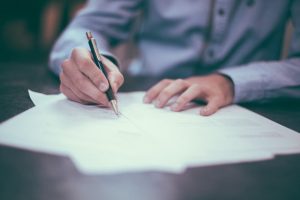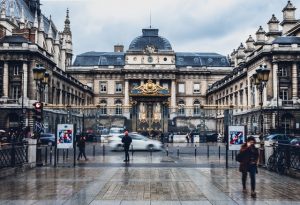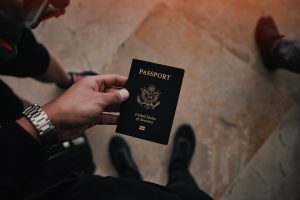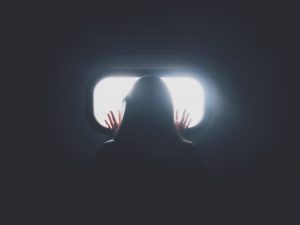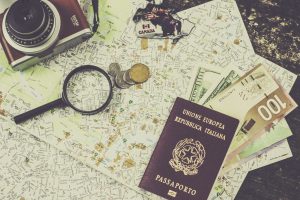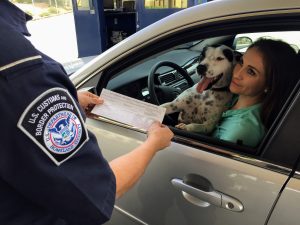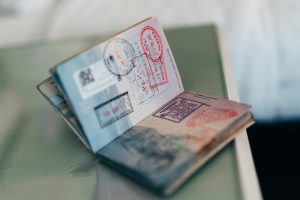The B-visa is a category of nonimmigrant visitor visas in the US meant to allow foreign nationals to enter the country for a temporary period of time and for one of two specific purposes. The first, which we’ve addressed in a previous blog, is the B-1 visa which allows foreign-nationals to visit the US for business purposes.
The second, which we will further detail in today’s blog, is the B-2 visa which is intended for those traveling to the US for pleasure.
“Pleasure” can refer to a wide variety of activities that are non-business and non-immigration related, such as simple tourism and sightseeing, traveling to visit one’s relatives, or traveling to receive medical treatment.
While obtaining a B-2 visa is a relatively straightforward process for your average tourist, the US is known to have some of the strictest guidelines in the world for obtaining a visitor visa to enter the country.
So, if you ever want to travel to and visit the US, we suggest avoiding any sort of criminal activity that could show up on your record when applying for a B-2 visa. A criminal record, no matter how old, may automatically preclude you from obtaining a visitor visa to the US unless you can obtain a waiver of inadmissibility (which is complicated and never guaranteed).
In order to be granted a B-2 visa, you must be able to effectively demonstrate that you have no intent to remain in the US any longer than the specified temporary period of time, that your sole purpose in visiting is for reasons of pleasure, and that you have a permanent residence in a foreign country that you will be returning to following your trip to the US.
One can obtain a B-2 visa from the US consulate in his or her country of residence. You will be required to fill out an application (Form DS-160) and submit a photograph of yourself. Next, if your age falls between 14 and 79, you will be required to participate in a visa interview with the consular officer—for which you must pay a fee of $160 ahead of time—regarding the nature of your visit.
When you go to the consulate for your interview, you must bring a passport that is valid for entry to the US, a confirmation of your application, a receipt of your payment, and a photo of yourself (in case the photo uploaded with form DS-160 does not work).
You can expect to have digital scans taken of your fingerprints, and you may be requested to provide further documentation and evidence of the nature of your visit as well as your financial, economic, familial and employment ties to your country of residence. The interviewer will then decide whether or not you qualify for the B-2 visa. If he or she decides to issue a visa, the processing time to receive the visa will vary, and it will still be no guarantee of entry to the US since Customs and Border Enforcement (CBP) at the airport in the US still has the discretion to bar your entry upon arrival if they feel that you could be a threat to national security or that the purpose/nature of your trip to the US is not consistent with the B-2 nonimmigrant category.
Fortunately, thanks to the Visa Waiver Program, citizens of certain countries (such as Germany, France, the UK, and Australia) can streamline the process and bypass the requirement for a visitor visa by applying and receiving authorization through the Electronic System for Travel Authorization (ESTA).
Applying for and obtaining a B-1 or B-2 visa can be a long and arduous process, so be sure to get started well ahead of your intended date of travel. To learn more about “B” visitor visas, please contact the law office of Saleh and Associates today.

